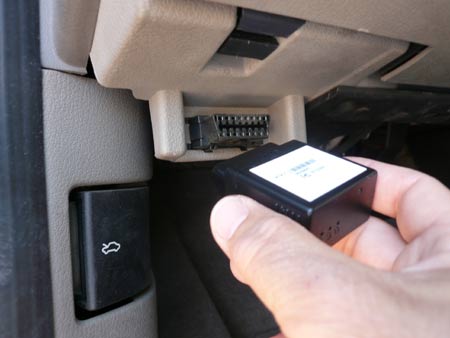Power train Control Module (PCM) fills the accompanying roles corresponding to: OBD II Diagnostics: Perform CPU based self diagnostics to guarantee right activity of the PCM and safe stockpiling of OBD II demonstrative information in memory. Perform On-Board diagnostics continuously and alert the driver by enlightening MIL if there should be an occurrence of a shortcoming perform power train control capacities to diminish emanations and meet OBD II guidelines during open-circle activity at fire up time.

Perform power train control capacities to diminish emanations and meet OBD II guidelines in shut circle control during typical activity. Perform microchip based self diagnostics to guarantee right activity of the PCM and safe stockpiling of OBD2 Codes symptomatic information in memory. The PCM plays out the accompanying self diagnostics:
- Confirm the checksum of the program memory in ROM with its capacity and right form.
- Perform read and compose trial of Smash cells for shortcoming free memory Perform processor capacities in computer chip, fringe gadgets including A/D converters, guard dog clocks, and registers to confirm that the processor is working appropriately.
- Perform keeps an eye on put away vehicle information and check that the information isn’t undermined and is inside sensible restrictions of vehicle activity.
- Perform On-Board diagnostics continuously and alert the driver by enlightening MIL if there should be an occurrence of a shortcoming, by sprinkling diagnostics with vehicle control capacities.
The diagnostics are arranged into need levels from 1 to 8 or 9. The most elevated need level tests are done each 1 millisecond, trailed by next need level tests each 5 milliseconds, 10 milliseconds, 20 milliseconds, 50 milliseconds, 100 milliseconds, 200 milliseconds, 500 milliseconds, and 1 second. The most noteworthy need level tests are those that impact wellbeing and emanations to a serious level as per OBD II guidelines. These incorporate Oxygen sensor (lambda sensor), and fuel trim checks during shut circle activity of the vehicle. The following need checks are the interfere with clocks, and guard dog clocks. The following need tests are sensors, including Self image sensor, Choke position sensor, Discharge failure location, Guide sensor, Motor RPM sensor, MAF sensor, Driving rod position sensor, and Motor coolant sensor. The following need tests are EGR meddlesome tests, Exhaust system’s auxiliary air, and canister cleanse, fuel level sensor, pedal actuator, and start clock. The following need checks are intermittent individual tests. The PCM performs on-board diagnostics progressively; The PCM is hindered by the ongoing scheduler during the exhibition of its ordinary vehicle control capacities when the on-board tests are expected. Right now the PCM saves its present status of the vehicle and plays out the diagnostics. This takes around 100 microseconds. Then, at that point, the PCM gets back to its typical vehicle control capacities. This rehashes for every need level diagnostics. As such the PCM spends around 15-40% of its opportunity to diagnostics and the rest to play out its ordinary vehicle control capacities.
